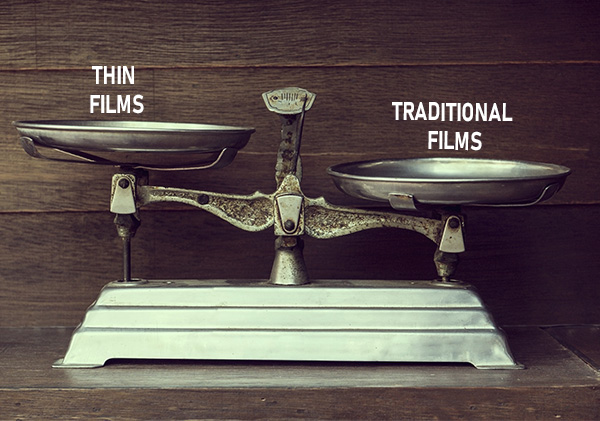REDUCE: what are the advantages?
Let’s stay once again in the “R” of “REDUCE” to understand what REALLY means for producers and users of films for #packaging.
To obtain a truly green and sustainable packaging film, REDUCE means:
REDUCE THE SPECIFIC WEIGHT BELOW THE THRESHOLD OF 1 GR X CM3
Why? 1 gram per cm3 is the density of water. Producing a film with a lower density means allowing it to float and therefore could be separated, in a water bath, from the heavier waste products. To date, essentially, all higher density products are eliminated and not recycled (PA, PET, PLA…), while “light” products are recycled (PP, PE, POF…).
REDUCE THE THICKNESS OF PLASTIC FILMS
Producing a film with a thickness of around 9 microns means using less raw material and therefore also reducing the taxes related to the weight sold (Conai).
It is necessary to adjust the thickness of the plastic film to the application for which it is intended, to avoid oversizing it as needed (ask us for more info, we are here for this too).
REDUCE C02 EMISSION
The production of 1 kg of Fossil POF generates 3 kg of C02, against the 2 used for the production of 1 kg of Bio based POF. A decrease of about 30% clearly highlights the need to use greens. We do it with Decogreen, produced from sugar cane, which has earned the "I'm Green" certification (Braskem).
REDUCE THE USE OF TREATMENTS NOT SUITABLE FOR RECYCLING
The irradiation of the PE structures, often done to make the film more manageable from a mechanical point of view, however, makes it thermo-hardening and therefore no longer transformable into granules (and therefore reused). Furthermore, the same irradiation increases the necessary shrink and sealing temperatures causing a higher energy demand (+ 30% compared to a non-irradiated film).
